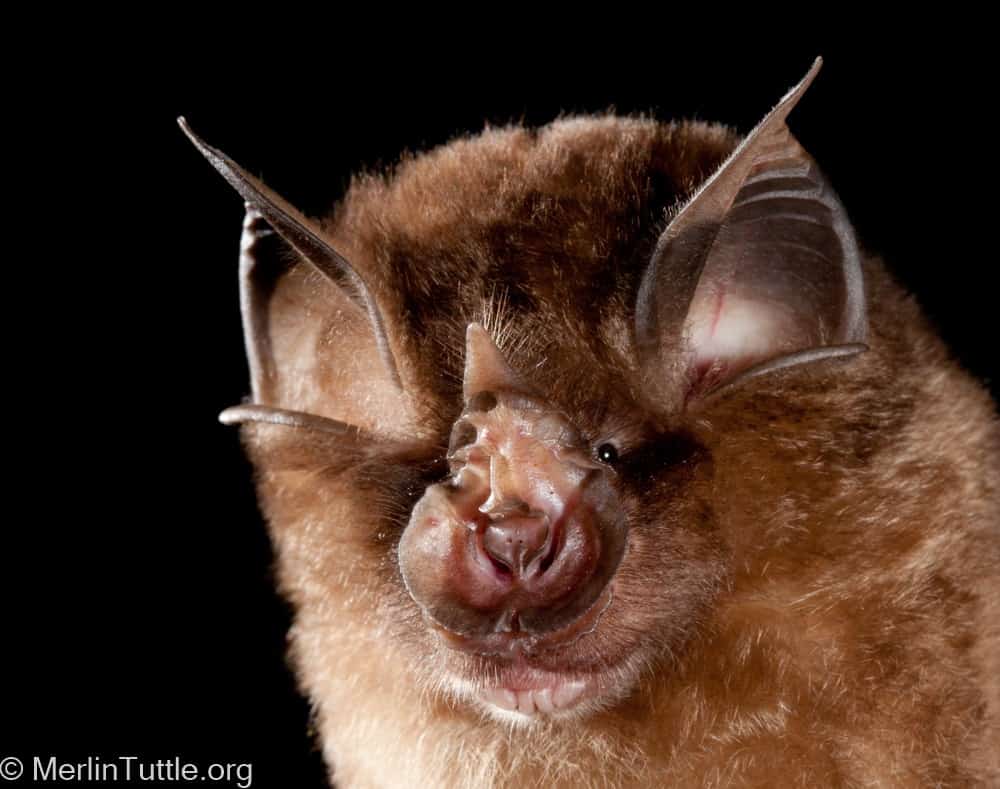USA Today’s January 17 story, Where did Covid-19 come from? leads with the following statement “The coronavirus that conquered the world came from a thumb-sized bat tucked inside a remote Chinese cave. Of this much, scientists are convinced.”
Deep in the story, they quote virologist John Connor at Boston University, saying ‘It looks like it’s a bat-derived virus, and there’s a big question mark after that.’ Fellow virologist, Charles Chiu, an expert in viral genomics at the University of California—San Francisco, is additionally quoted as saying ‘It may also have emerged from any setting in which people come into contact with animals, including farms, pets or zoos.’
Clearly, all scientists are not convinced that this virus came from bats, not even those interviewed for this story. The disproportionate focus on bats as the source of the COVID-19 pandemic is based on poorly supported speculation that harms conservation efforts worldwide.
One of the most cited studies accuses bats of hosting more viruses than other mammals. Yet, the authors of this study surveyed twice as many bats as all other mammals combined. More inclusive research suggests that bats do not harbor more viruses than other animals.
New viruses can be found wherever we look, so it is not surprising to find more in the animals that are predominately searched. The claim that the SARS-CoV-2 virus, the source of the COVID-19 pandemic, shares 96% of its genetic material with a coronavirus found in a horseshoe bat is meaningless. We ourselves are 96% genetically similar to chimpanzees which we easily recognize as non-human.
Current biases threaten the survival of bats that have undisputed value and are already in alarming decline. They also harm science credibility and misdirect the search for zoonotic reservoirs by focusing disproportionately on bats. Despite relentless searching and endless speculation, there is no documentation that SARS-CoV-2, SARS, MERS, or Ebola viruses have been found in, or transmitted from a bat to a human.
As noted by Yong-Zhen Zhang and Edward Holmes, it is critical that coronavirus surveillance should include animals other than bats. Blaming bats based on one-sided searches is premature and misleading.
TAKE ACTION!
Our combined voices can make a difference. We invite you to politely share your opinion in your own words with the editors. You may find our resources, Give Bats a Break and Good Intentions Can Still Leave a Bad Taste, additionally helpful in composing your personal reply and discussing these topics with others. Editors do take notice. Remember, your response can be very simple such as, “I don’t appreciate misleading speculation that perpetuates needless fear of bats.” Editors just need to know you like or dislike an article for you to have an impact.
It’s numbers that count and bats need all of you! Tell a friend about bat values and how they can help.
- Contact USA Today
- Email authors Elizabeth Weise and Karen Weintraub at eweise@usatoday.com; kweintraub@usatoday.com
- Email the President/News and Publisher, Maribel Perez Wadsworth, at maribel@gannett.com
- Email Corrections at accuracy@usatoday.com
- Call USA Today at 703-854-6000 or 1-800-872-7073
- Twitter @USATODAY
- Facebook @usatoday
- For additional contact info, click HERE

